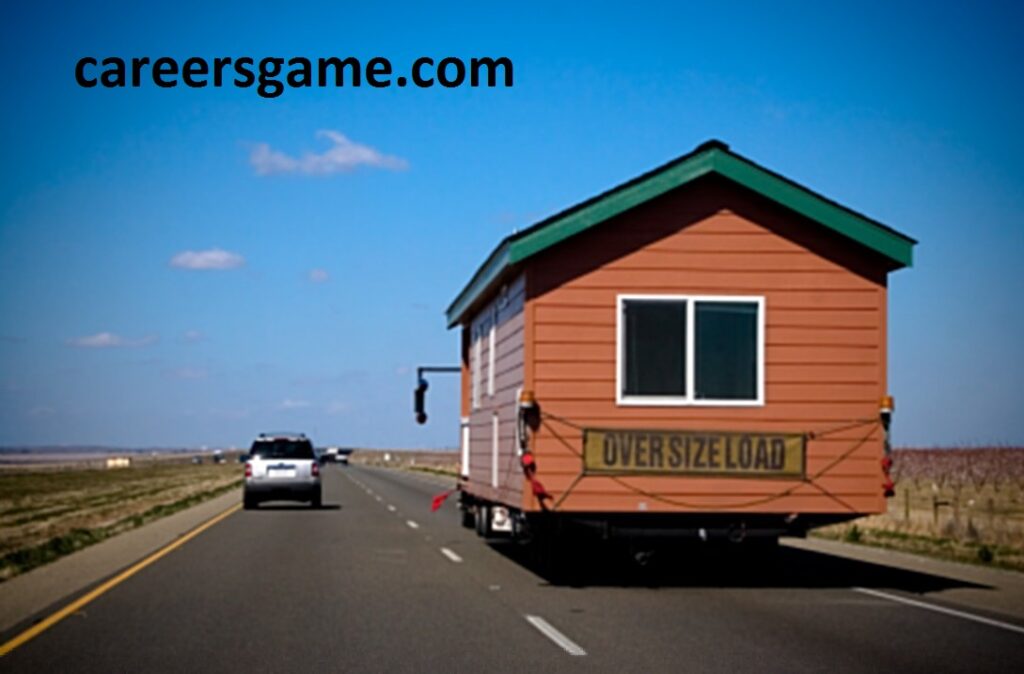The tiny home movement has gained significant traction in recent years, appealing to those who value minimalism, sustainability, and financial freedom. However, as more people consider making the leap into tiny living, understanding local regulations becomes essential. In Polk County, Florida, specific requirements govern tiny home construction and occupancy. This article provides an overview of these regulations, helping you navigate the process smoothly.
What Defines a Tiny Home?
Before diving into the regulations, it’s important to clarify what constitutes a tiny home. Generally, tiny homes are defined as dwellings measuring 400 square feet or less, excluding lofts. They can be built on foundations or as mobile structures, often referred to as tiny home requirements for polk county fl on wheels (THOWs). Understanding this distinction is crucial, as different rules apply based on whether your tiny home is stationary or mobile.
Zoning Regulations
In Polk County, zoning laws dictate where tiny homes can be located. These regulations vary by district, so it’s vital to consult the Polk County Planning Division to determine the specific zoning for your intended site. Here are key zoning considerations:
Residential Zones
Tiny homes can typically be placed in residential zones, but they must comply with local building codes and restrictions. Most residential areas require a minimum square footage for homes, which can pose a challenge for tiny home owners. Ensure you confirm that your tiny home meets the criteria set forth by the specific zoning category.
Agricultural and Mixed-Use Zones
In some agricultural and mixed-use zones, tiny homes may be allowed with fewer restrictions. However, it’s essential to verify any requirements regarding land use and occupancy permits. These zones might offer more flexibility for tiny home placement, making them appealing options for prospective owners.
Building Codes
Polk County follows the Florida Building Code, which establishes safety and construction standards. When building a tiny home, you must comply with these codes, ensuring your structure meets safety, health, and sustainability standards. Here are some crucial aspects to consider:
Foundation vs. Wheels
If your tiny home is on a permanent foundation, it must adhere to all applicable building codes for traditional homes, including structural, electrical, plumbing, and mechanical codes. In contrast, tiny homes on wheels (THOWs) may be classified as recreational vehicles (RVs), subject to different regulations. It’s important to confirm whether your THOW will be treated as an RV or a permanent structure, as this affects the required inspections and permits.
Inspections and Permits
Regardless of your tiny home’s classification, you’ll likely need to obtain various permits. These may include building permits, electrical permits, and plumbing permits. Polk County requires inspections at various stages of construction to ensure compliance with local codes. Engaging with a local contractor familiar with tiny home regulations can streamline this process and help you navigate the necessary inspections.
Utility Connections
Connecting your tiny home to utilities is another critical aspect of living in Polk County. Here’s what you need to know:
Water and Sewage
Most tiny homes will need access to potable water and a sewage system. Depending on your location, you may connect to municipal services or install a well and septic system. If you plan to go off-grid, make sure to research alternative water systems and greywater disposal methods that comply with local health regulations.
Electricity
When it comes to electricity, tiny homes can be connected to the local grid or powered through alternative energy sources, such as solar panels. If you choose to go off-grid, ensure your electrical setup meets safety codes, as Polk County has specific regulations regarding electrical installations.
Homeowners Associations (HOAs)
If you’re considering placing your tiny home in a community governed by a homeowners association, familiarize yourself with their rules. Some HOAs have strict regulations regarding the size, style, and placement of homes within their jurisdiction. Confirming the HOA’s stance on tiny homes can save you time and potential conflict down the line.
Financing and Insurance
Financing a tiny home can be more challenging than traditional homes due to their unconventional nature. Many lenders may classify tiny homes as RVs, making conventional mortgage options unavailable. Research alternative financing options, such as personal loans or tiny home-specific lenders, to find a solution that works for you.
Insurance is equally important, as you’ll want to protect your investment. Look for insurance companies that specialize in tiny home coverage, as they’ll be more familiar with the unique needs and risks associated with these dwellings.
Conclusion
Navigating tiny home regulations in Polk County, FL, can seem daunting, but understanding the zoning laws, building codes, and utility requirements will empower you to make informed decisions. As the tiny home movement continues to grow, local regulations may evolve, so staying updated on changes is crucial. Whether you’re seeking a minimalist lifestyle, financial freedom, or a unique living space, a thorough understanding of Polk County’s regulations will pave the way for your tiny home dreams. Embrace the journey, and you’ll find that with careful planning and compliance, tiny living can lead to a fulfilling and sustainable lifestyle.



